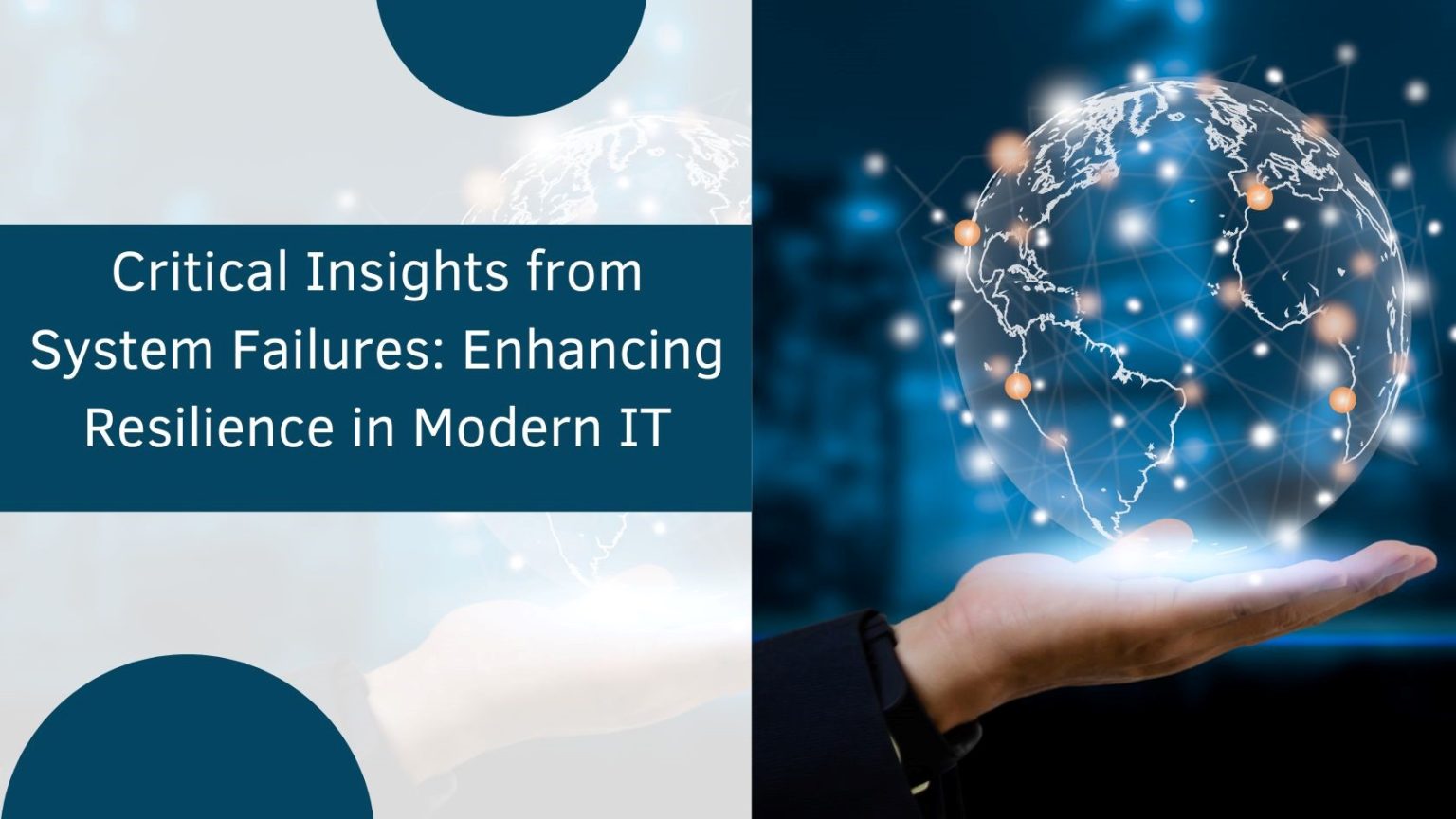In a world of increasingly interconnected systems, critical failures expose vulnerabilities that organizations cannot afford to overlook. Sreenivasa Rao Jagarlamudi explores these challenges, presenting a technical perspective on how these failures provide lessons in resilience and security for IT professionals, developers, and system architects.
The Rising Stakes of System Failures
With global IT spending projected to exceed $4.5 trillion, the technology landscape is vast, complex, and riddled with potential points of failure. The stakes are high, as each failure brings substantial financial losses, reputational damage, and, in some cases, regulatory consequences. In 2022, data breaches alone cost organizations an average of $4.35 million, emphasizing the need for proactive, well-planned system design and security.
Safeguarding Data Pipelines: Kafka Cluster Security
Securing data pipelines is increasingly critical as real-time processing systems, like Kafka clusters, play a pivotal role in enterprise IT. One major vulnerability lies in inadequate encryption, allowing potential eavesdropping and unauthorized data access. Integrating SSL/TLS encryption into data pipelines ensures that information in transit remains secure from interception.
Effective authentication mechanisms are equally essential. For Kafka, SASL (Simple Authentication and Security Layer) options, like SASL/SCRAM or SASL/GSSAPI, add layers of defense against unauthorized access, fortifying the system’s security. Additionally, securing dependent nodes, such as ZooKeeper, protects configuration data from external threats, adding another layer of protection to Kafka’s environment.
Proactive Monitoring and Regular Audits
Even robust systems require regular audits to identify vulnerabilities and keep them secure. In Kafka environments, routine security audits encompass access controls, log analysis for unusual activity, and penetration testing to assess resilience. Keeping Kafka software up-to-date with the latest security patches further protects systems, ensuring that known vulnerabilities are mitigated promptly. Organizations that incorporate security AI and automation experience shorter breach cycles and reduced associated costs, illustrating the value of proactive security.
Building Resilience with Disaster Recovery
A comprehensive disaster recovery (DR) plan is essential for data integrity and availability. Regular testing, clear recovery objectives, and thorough scenario planning help systems withstand failures with minimal impact. In distributed data systems, replication factors ensure critical data is consistently backed up, while multi-datacenter replication enhances resilience against regional outages.
High availability depends on proper replication configuration. By prioritizing data criticality and distributing it across centers, organizations can ensure continuity under challenging conditions. Simulated failover tests verify accurate responses during disasters, minimizing recovery times and reinforcing stability.
Reinforcing Cryptography Practices
In modern infrastructures, cryptographic security is essential, as even a minor vulnerability can expose sensitive data. Adhering to encryption standards like AES-256 for symmetric encryption and RSA for asymmetric encryption ensures data integrity across systems. Perfect forward secrecy further protects communication protocols by safeguarding past sessions, even if keys are compromised.
Effective key management is critical to strong encryption. Utilizing Hardware Security Modules (HSMs), regular key rotation, and separate keys for production and development strengthen security. Regular cryptographic audits identify outdated components, ensuring systems remain secure as cryptographic standards evolve.
Addressing GPS Signal Challenges in Urban Environments
Location-based services encounter significant challenges in dense urban areas where “urban canyons” interfere with GPS signals. Testing GPS reliability across varied environments—such as dense foliage, weather fluctuations, and reflective surfaces—yields valuable data for improving accuracy. Multi-constellation GNSS receivers, using multiple satellite systems like GPS, GLONASS, and Galileo, enhance positioning accuracy in complex urban landscapes.
For precision applications, differential GPS (DGPS) and Real-Time Kinematic (RTK) positioning provide sub-meter and centimeter-level accuracy, ideal for transportation and navigation. In GNSS-limited areas, fallback methods like inertial navigation and network-based positioning uphold user experience.
Ensuring Continuous Improvements through Monitoring
Real-time monitoring and analytics are crucial for effective IT operations. Automated alerts enable prompt responses to anomalies, while high-cardinality metrics and distributed tracing support detailed performance analysis. These techniques ensure quick adjustments, preventing issues from escalating and optimizing system reliability.
In conclusion, resilient design, strong security, and thorough testing are essential in today’s digital landscape. Sreenivasa Rao Jagarlamudi emphasizes that proactive monitoring, regular audits, and adaptable strategies help mitigate risks in complex IT systems. By adopting these practices, organizations can enhance resilience and secure their infrastructures against evolving challenges.

